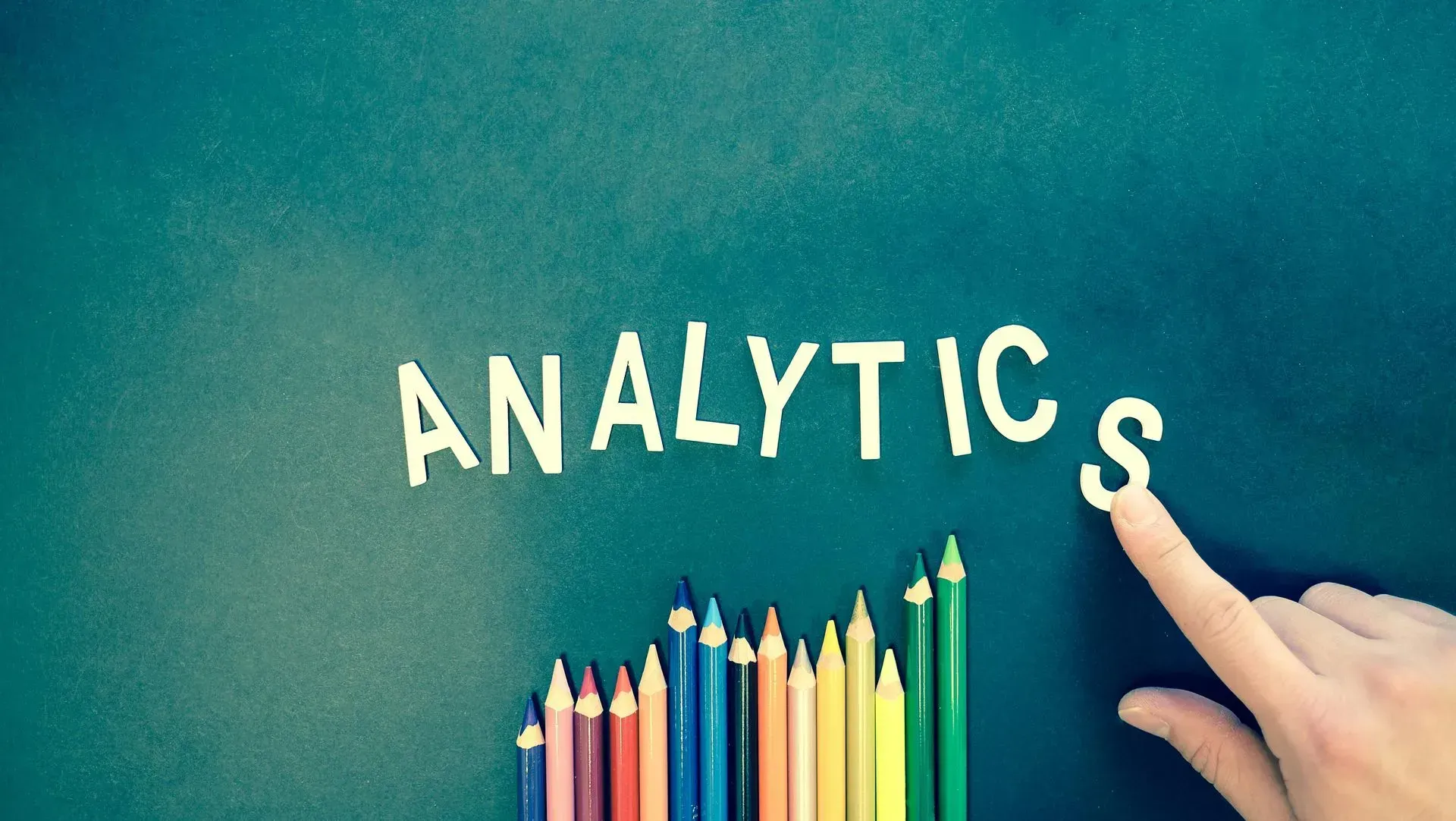How Data-Driven Marketing Differs from Traditional Marketing
13 November 2024

Marketing has come a long way over the past few decades, evolving from broad, blanket approaches to more targeted, insightful strategies powered by data. At the heart of this shift is data-driven marketing (DDM), a highly personalised, results-oriented approach that contrasts sharply with traditional marketing methods. In the UK and beyond, brands are increasingly turning to data to guide their marketing decisions, resulting in more effective campaigns and deeper customer relationships.
But how exactly does data-driven marketing differ from traditional marketing? And why is it gaining such traction? In this blog, we’ll break down the key differences, highlighting how data has transformed the marketing landscape and what this means for businesses today.
1. Approach to Targeting: Mass Marketing vs. Precision Targeting
Traditional Marketing is often characterised by its mass approach. Marketers used to rely on broad channels like television, radio, print ads, and billboards to reach a large audience. While these channels still have value, they lack precision. Traditional marketing casts a wide net, hoping to attract potential customers based on broad demographic information like age, gender, or location.
On the other hand, Data-Driven Marketing (DDM) focuses on precision targeting. By analysing vast amounts of data—such as purchase history, website visits, social media behaviour, and email engagement—marketers can identify very specific customer segments and tailor their campaigns accordingly. This allows for a much more personalised experience, as businesses can target customers with content and offers that match their specific preferences, behaviours, and needs.
Example: In traditional marketing, a clothing retailer might run a general ad for “summer fashion” aimed at anyone within a certain age group. With data-driven marketing, the same retailer could use browsing history and past purchase data to target previous customers with personalised offers for the specific type of clothing they’ve shown interest in (e.g., casual wear or formal shirts).
2. Measurement: Inexact vs. Measurable Results
One of the key differences between traditional marketing and data-driven marketing is how success is measured. In the past, traditional marketing relied on broad metrics like reach and brand awareness—valuable but difficult to quantify accurately. Marketers often had to rely on surveys, focus groups, and gut instincts to gauge the effectiveness of a campaign. While these methods provided some insight, they weren’t always directly linked to measurable ROI.
Data-driven marketing, however, thrives on measurable metrics. Every action a customer takes, from opening an email to clicking a link or making a purchase, can be tracked and analysed. Marketers have access to a wealth of real-time data that enables them to evaluate performance with pinpoint accuracy. Key metrics, such as conversion rates, click-through rates, customer lifetime value (CLV), and return on investment (ROI), are easily accessible, providing a clear picture of what’s working and what isn’t.
Example: A traditional marketing campaign might rely on impressions and general surveys to determine if a TV ad campaign was effective. In contrast, a data-driven campaign can track exactly how many users clicked through an email, visited the website, or made a purchase based on a targeted offer—allowing marketers to make informed adjustments on the fly.
3. Content Creation: One-Size-Fits-All vs. Tailored Messaging
Traditional marketing often revolves around the concept of one-size-fits-all content. Whether it’s an ad in a magazine or a radio jingle, marketers created broad messages that were designed to resonate with as many people as possible. While this approach might have worked to some degree, it didn’t account for the nuances of individual customer preferences.
In contrast, data-driven marketing allows for hyper-personalisation. By analysing customer data, businesses can create and deliver highly relevant, personalised content that speaks directly to the needs and interests of each segment. Whether it’s sending a tailored email with product recommendations or creating dynamic website content that changes based on past behaviour, data-driven marketing enables brands to engage their audience with much more relevant messaging.
Example: In traditional marketing, a supermarket might run a generic ad for a discount on groceries, appealing to everyone. With data-driven marketing, that same supermarket can personalise email offers, providing discounts on items customers have recently bought or added to their online basket, increasing the likelihood of conversion.
4. Channels: Limited vs. Omnichannel Experience
Traditional marketing was often limited to a handful of channels like television, radio, print, and direct mail. While effective for reaching a wide audience, these channels didn’t provide the level of interaction and engagement that modern consumers expect today. Additionally, there was limited opportunity for personalisation across these channels.
Data-driven marketing is inherently omnichannel, meaning businesses can connect with customers across a multitude of platforms, including email, social media, websites, mobile apps, and even offline channels. Data allows marketers to create a seamless, cohesive experience for customers as they move between touchpoints, offering the same level of personalisation on every channel.
Example: A traditional marketing campaign might rely on TV ads and print to reach consumers, but a data-driven approach can target a customer with tailored offers across multiple touchpoints—email, social media, push notifications, and in-store experiences—based on their behaviour and preferences.
5. Customer Insights: General vs. Deep Understanding
In the past, customer insights in traditional marketing often came from surveys or focus groups—methods that, while helpful, can be expensive, time-consuming, and limited in scope. These insights were often based on general assumptions or average customer behaviours, which didn’t always reflect the full complexity of individual preferences.
Data-driven marketing, by contrast, thrives on real-time, behavioural data. Marketers can track every click, purchase, and interaction a customer has with their brand, providing a deeper understanding of individual preferences, behaviours, and motivations. This allows brands to deliver highly targeted and relevant experiences tailored to each customer’s unique journey.
Example: In traditional marketing, customer insights might come from broad surveys or market research reports. In data-driven marketing, businesses can use tools like Google Analytics, CRM systems, and customer surveys to track individual customer journeys, analyse their browsing habits, and gain more specific insights into what drives their decisions.
6. Adaptability: Static vs. Agile Campaigns
Traditional marketing campaigns often had a set timeline—a TV commercial or print ad that would run for a week, a month, or a quarter. Once the campaign was live, it was difficult to make significant changes. If the campaign wasn’t resonating with the audience, the ability to pivot was limited.
Data-driven marketing, on the other hand, is much more agile. Marketers can run tests, measure results, and quickly optimise campaigns based on the insights they gather. A data-driven approach allows for real-time adjustments to ads, offers, or messaging, meaning marketers can act fast and adapt campaigns to improve performance.
Example: A traditional marketing campaign would take weeks or even months to alter once it had launched. In data-driven marketing, if a social media ad isn’t performing well, it can be optimised or stopped in a matter of hours, saving resources and maximising the chances of success.
Conclusion: The Future of Marketing is Data-Driven
While traditional marketing still has its place, the rise of data-driven marketing has fundamentally changed the way businesses connect with their customers. Data-driven strategies enable more personalised, efficient, and measurable marketing efforts, ensuring that businesses can engage their customers more effectively and build long-term relationships.
As consumers in the UK (and globally) continue to expect more relevant and tailored experiences, businesses that embrace data-driven marketing will be better positioned to meet these demands and stay ahead of the competition. The key difference is clear: in the age of data, marketing is no longer a guessing game—it’s a science.
CRM MARKETING BLOGS

Email open rates are becoming increasingly unreliable as a measure of engagement, it’s time to reconsider how we assess the effectiveness of email campaigns. Here’s why open rates no longer paint the full picture—and why businesses should start looking beyond this metric to truly understand how their emails are performing.

In today’s hyper-connected world, always-on CRM Marketing has become a key strategy for brands looking to build long-lasting relationships with their customers. However, while the benefits of maintaining ongoing, personalised communication with customers are clear, measuring the effectiveness of these programs can be quite challenging.

Gone are the days when a loyal customer was someone who bought from the same brand year after year, no matter what. The modern consumer has more options, more access to information, and more power than ever before. So, the question we need to ask ourselves is: Can a customer truly be loyal anymore? Or do we need to rethink what loyalty actually means?







